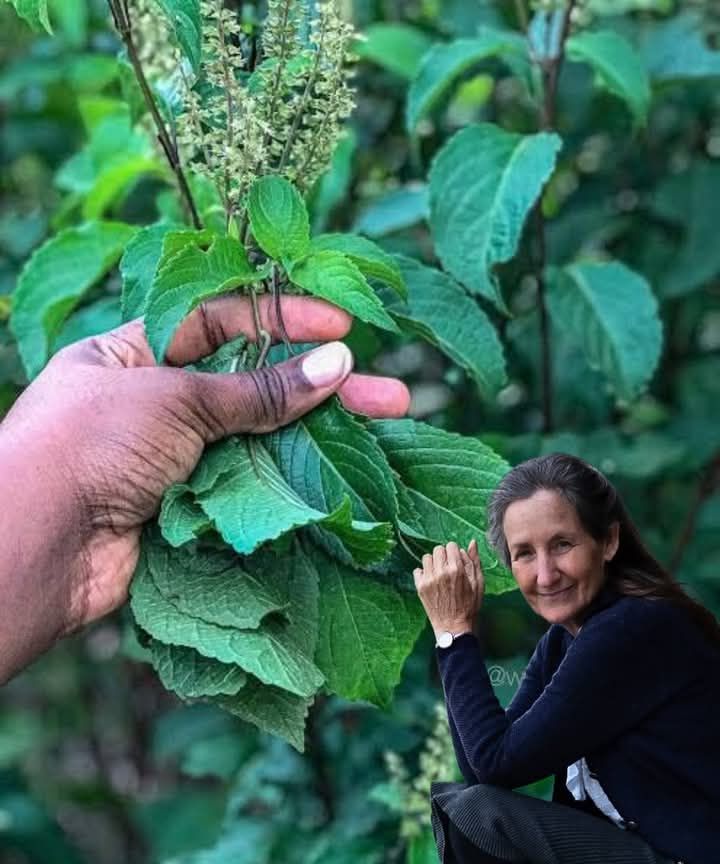ADVERTISEMENT
**This Plant Grows in Most Yards, But Most Don’t Know It’s a True Treasure: The Dandelion**
Dandelions (Taraxacum officinale) are one of the most common and recognizable plants found in yards, fields, and gardens across the globe. They’re often seen as an unwanted weed, one that disrupts the “perfect lawn” or garden bed. However, most people are unaware that the dandelion is, in fact, a true treasure. This humble, yellow-flowered plant is a powerhouse of nutrients, health benefits, and historical significance. From culinary uses to medicinal applications, dandelions have been a staple in various cultures for centuries. It’s time to take a second look at this resilient and valuable plant.
### The Dandelion: A Brief Introduction
The dandelion, a perennial herb from the Asteraceae family, is found in temperate regions around the world. While it’s native to Eurasia, it has spread widely and is now common across North America, Europe, and parts of Asia. Dandelions are known for their bright yellow flowers, which are usually seen in the spring and early summer, and their distinctive puffball seed heads that scatter in the wind, spreading their seeds far and wide.
Despite their widespread presence, dandelions are often regarded as an inconvenience, especially for those who strive to maintain perfectly manicured lawns. Their taproots are long and resilient, making them difficult to remove once they establish themselves. However, beneath the surface, the dandelion is a plant that has been celebrated for its versatility and health benefits for centuries.
### The Historical Significance of Dandelions
The dandelion has a long and rich history, being used by various cultures across the globe for both medicinal and culinary purposes. Ancient civilizations, such as the Egyptians, Greeks, and Romans, made use of the plant for its therapeutic properties. The word “dandelion” itself is derived from the French “dent de lion,” meaning “lion’s tooth,” referring to the jagged shape of the plant’s leaves.
In traditional Chinese medicine, dandelions have been used for over a thousand years, primarily for their detoxifying and anti-inflammatory properties. The plant has also been referenced in early European herbalism, where it was believed to possess the ability to purify the liver and cleanse the blood. In addition to its health benefits, dandelion was a symbol of resilience and strength in many cultures, as it can grow in a variety of environments, often thriving in places where other plants struggle.
Throughout history, dandelions were also used for food. In the Middle Ages, people would forage for the young leaves and roots to add to salads or prepare them in stews and soups. Dandelion wine, a fermented beverage made from the flowers, has been a popular folk drink in many European cultures. These diverse uses highlight how integral the dandelion was to survival and sustenance in times when access to fresh produce was limited.
### The Health Benefits of Dandelions
The dandelion’s reputation as a “weed” often overshadows its incredible nutritional and medicinal value. In fact, every part of the dandelion plant — from the root to the leaf to the flower — has potential health benefits. Let’s explore some of the notable advantages of incorporating dandelions into your diet or wellness routine.
#### 1. Nutrient-Rich Superfood
Dandelion leaves are packed with vitamins and minerals, making them a fantastic addition to a healthy diet. A 100-gram serving of raw dandelion greens contains:
– **Vitamins**: High levels of vitamin A (important for vision and immune health), vitamin C (boosts immunity and skin health), and vitamin K (supports bone health and blood clotting).
– **Minerals**: Rich in calcium, iron, potassium, magnesium, and manganese, all of which are vital for maintaining healthy bodily functions.
– **Antioxidants**: Dandelion contains flavonoids and polyphenols that help neutralize free radicals, protect cells from damage, and reduce inflammation in the body.
Dandelion roots are also packed with fiber, which can help support digestion and promote a healthy gut.
For Complete Cooking STEPS Please Head On Over To Next Page Or Open button (>) and don’t forget to SHARE with your Facebook friends
